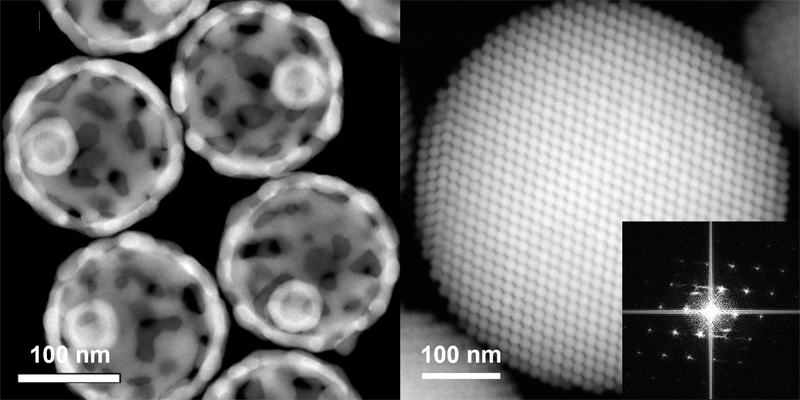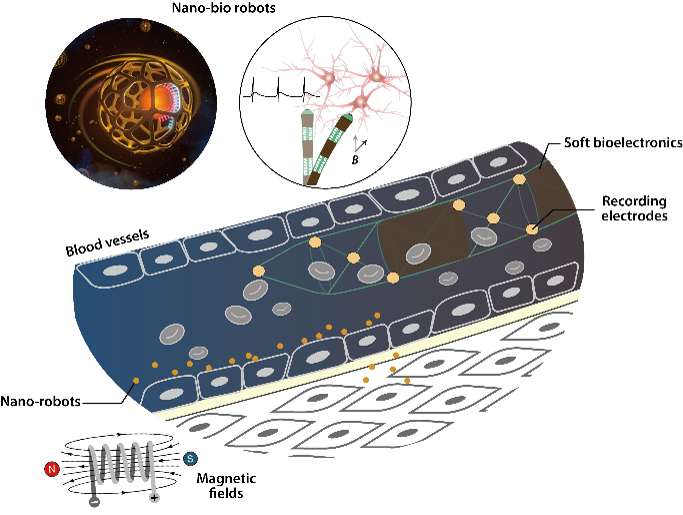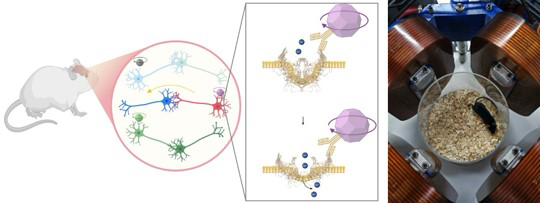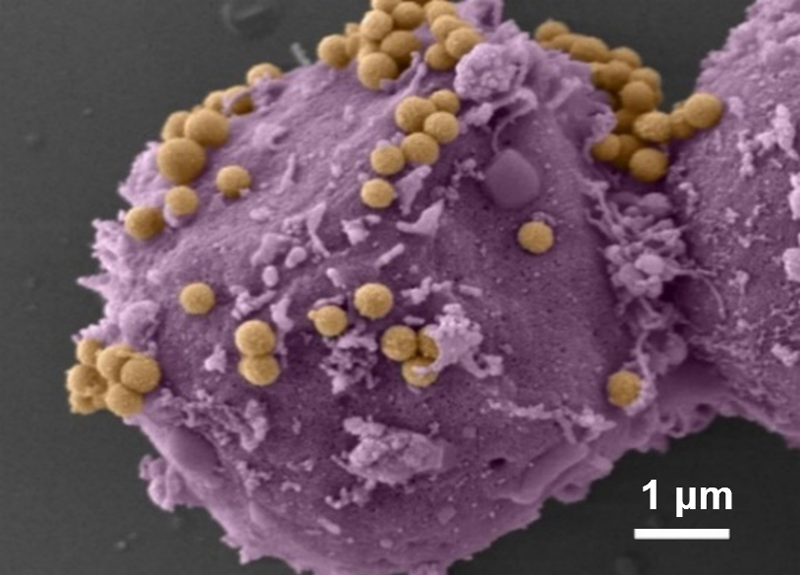Logo and Menu
Event more
- Opening Ceremony of the Max Planck-Yosei IBS Center(MPYIC) was held successfully Jul 25, 2025
- [Event] France-Korea Research Leadership Forum Jun 24, 2025
- [Event] Bimonthly Science Festival Season 2 Jun 4, 2025
- 천진우 교수팀, 연세대 창립 140주년 기념 『Yonsei Research Magazine』에 소개 May 16, 2025
- IBS CNM Happy Hour with Dominik Apr 29, 2025
Seminar more
- [Special Seminar] Prof. Thomas Heine, Jul/15/2025 "Chemistry and Physics of 2D heterostructures" Jul 11, 2025
- [IBS Distinguished Lecture] Prof. Sumio IIjima, "Photothermal Audible Sound Generation from Nanomaterials by Visible Light Irradiation"(Jul 04,2025) Jul 4, 2025
- [Special Seminar] Dr. Ai Lin Chun, Jun/23/2025 "Anatomy of a Paper" Jun 23, 2025
- [Special Seminar] Prof. Young-wook Jun, Apr/25/2025 "How Are Cells Remodeling the Interfacial Microencironment for Signal Exchange?" Apr 25, 2025
- [Special Seminar] Prof. HyunKyu Choi, Feb/18/2025 "Mechanosensing and Mechanotransduction through immunoreceptors" Feb 18, 2025
Research Areas

Evolutionary Nanomaterials
This research field focuses on nanoscale designing and engineering of materials to drive advancements in next-generation technologies across electronics, energy, and biomedicine. By exploring unconventional compositions and architectures, researchers aim to develop materials with enhanced or entirely novel functionalities. This innovation-driven approach offers significant potential for addressing complex scientific and biomedical challenges.
Copyright and Address
- Yonsei Advanced Science Institute
- PRIVACY POLICY



- ADDRESS IBS Hall 50 Yonsei-ro, Seodaemun-gu, Seoul 03722
- TEL +82-2-2123-4769 FAX +82-2-2123-4606
- E-MAIL ibs@yonsei.ac.kr
- Copyright © IBS Center for NanoMedicine,YONSEI UNIV.
ALL RIGHTS RESERVED.
















